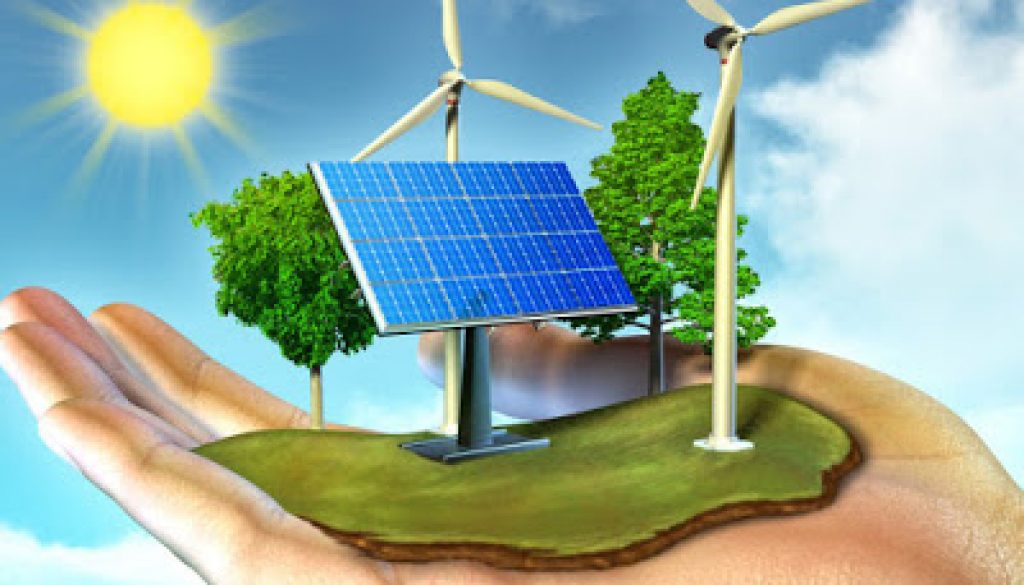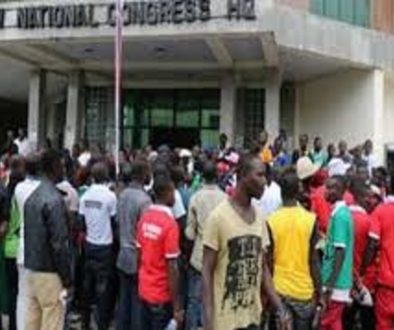South Africa embraces renewable energy
South Africa has resolved to increasingly harness renewable and trims reliance on coal in its latest energy blueprint.
The country has also dropped proposals to boost supply from nuclear plants.
“There will be a study to determine if
more nuclear is needed after 2030,” Energy Minister Jeff Radebe told
reporters in Pretoria.
more nuclear is needed after 2030,” Energy Minister Jeff Radebe told
reporters in Pretoria.
“But until then, there is no increase in nuclear generation envisaged.”
The long-awaited update of the country’s
Integrated Resource Plan for power sector spending, the first in eight
years, calls for the biggest increase in capacity from wind and natural
gas.
Integrated Resource Plan for power sector spending, the first in eight
years, calls for the biggest increase in capacity from wind and natural
gas.
Former President Jacob Zuma, who left
office in February, championed the building of as many as eight nuclear
reactors, which would have the capacity to generate 9,600 megawatts of
energy.
office in February, championed the building of as many as eight nuclear
reactors, which would have the capacity to generate 9,600 megawatts of
energy.
Wind and natural gas are each projected
to increase by 8,100 megawatts of capacity, while 5,670 megawatts will
come from solar and 2,500 megawatts from hydropower, according to the
plan.
to increase by 8,100 megawatts of capacity, while 5,670 megawatts will
come from solar and 2,500 megawatts from hydropower, according to the
plan.
Coal, which currently makes up the bulk of the country’s energy source, will add 1,000 megawatts.
The Department of Energy, the National
Energy Regulator of South Africa and state-owned utility Eskom Holdings
SOC Ltd. are tasked with carrying out the proposals.
Energy Regulator of South Africa and state-owned utility Eskom Holdings
SOC Ltd. are tasked with carrying out the proposals.
President Cyril Ramaphosa has this year
overseen the replacement of Eskom’s leadership as he seeks to attract
$100 billion of investment to the country. A program to add more
renewable power from independent producers has been
revived.
overseen the replacement of Eskom’s leadership as he seeks to attract
$100 billion of investment to the country. A program to add more
renewable power from independent producers has been
revived.
Some labour groups have opposed renewable power generated by private developers, arguing that the projects threaten jobs.
While coal will decline to less than half
of the country’s total installed capacity by 2030, it will still
contribute more than 65 per cent of energy production, according to the
plan. Gas and wind power will account for more
than 30 percent of capacity.
of the country’s total installed capacity by 2030, it will still
contribute more than 65 per cent of energy production, according to the
plan. Gas and wind power will account for more
than 30 percent of capacity.
“There is significant change in the
energy mix post 2030, which is mainly driven by decommissioning of old
coal power plants that reach their end of life,” Radebe said.
energy mix post 2030, which is mainly driven by decommissioning of old
coal power plants that reach their end of life,” Radebe said.
Close to 30 gigawatts of Eskom’s coal fleet is to reach end-of-life by 2040, according to the draft document.
South Africa’s power demand has declined
and is currently at levels last seen more than a decade ago, according
to the energy department, and electricity consumed is about 30 per cent
less than projections used in the 2010 plan.
and is currently at levels last seen more than a decade ago, according
to the energy department, and electricity consumed is about 30 per cent
less than projections used in the 2010 plan.
The latest proposals are available for public comment for 60 days.




